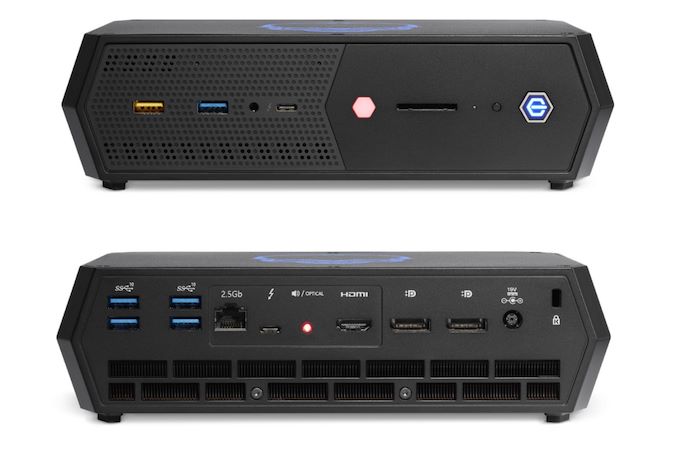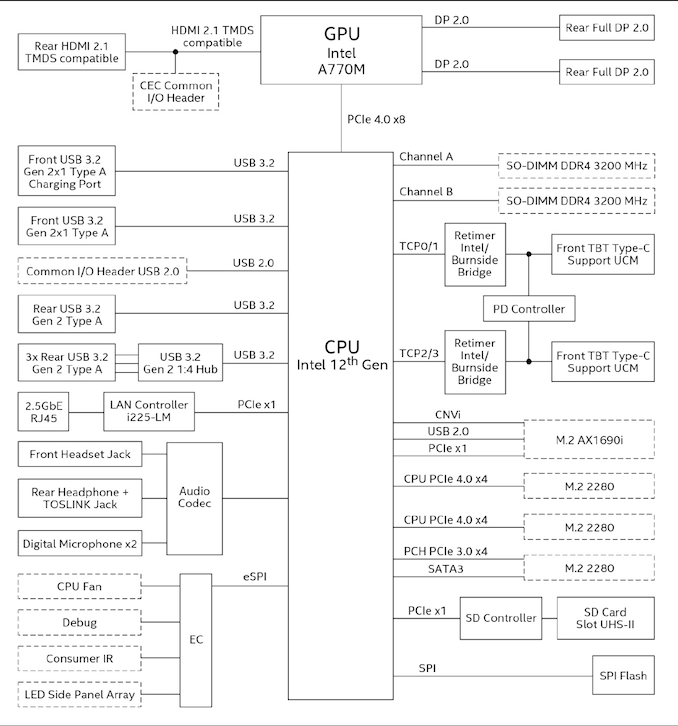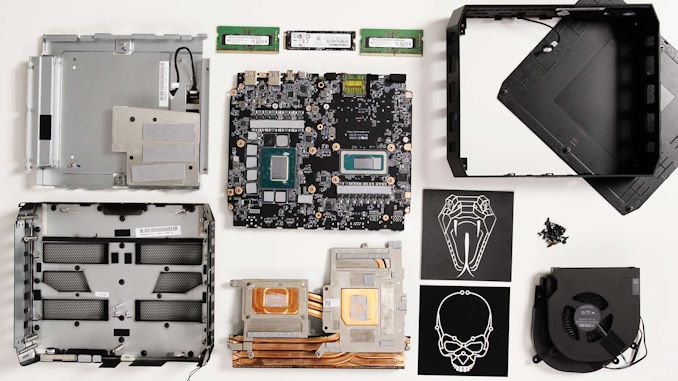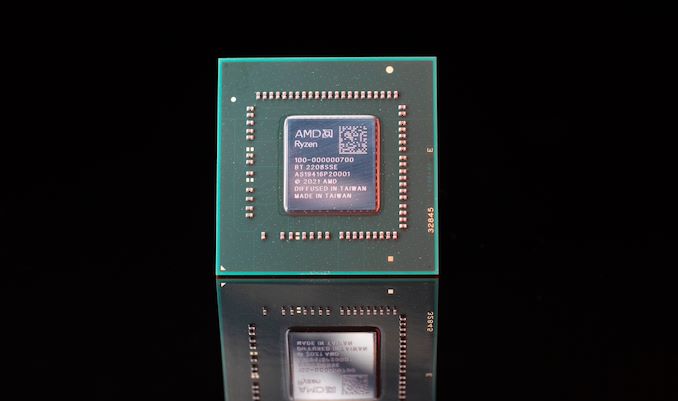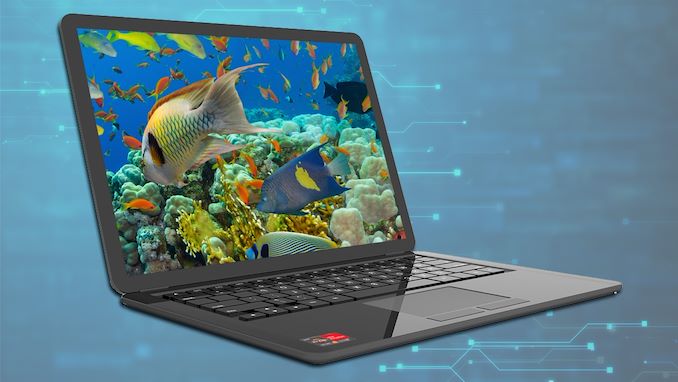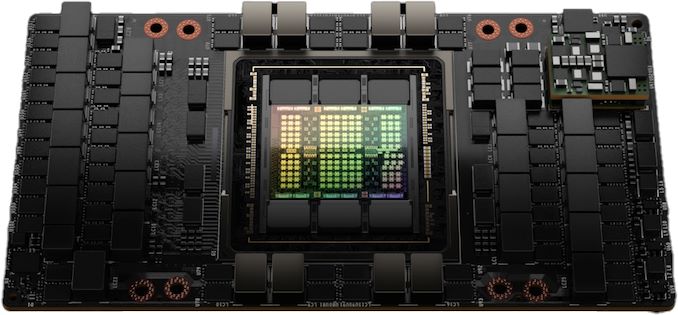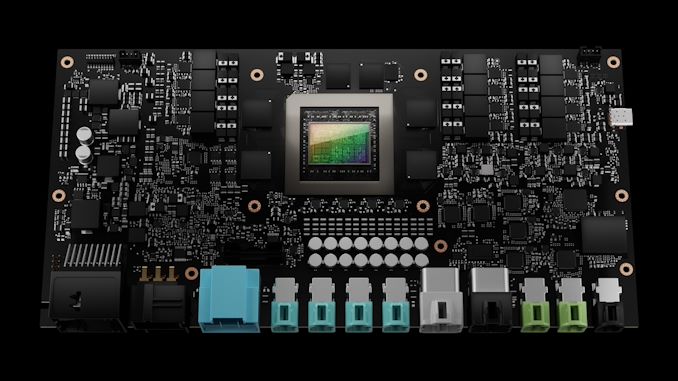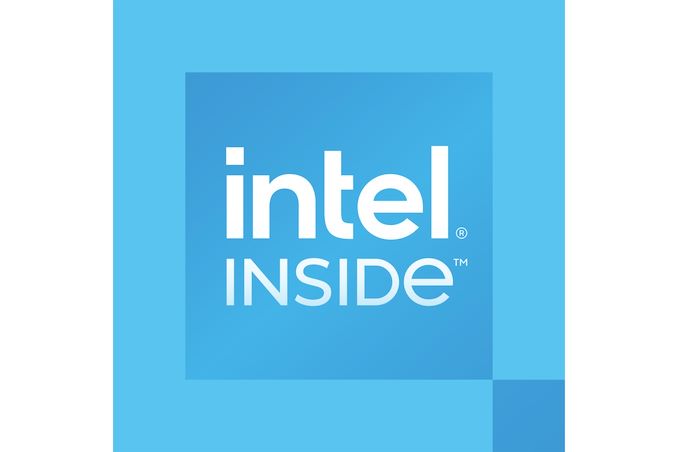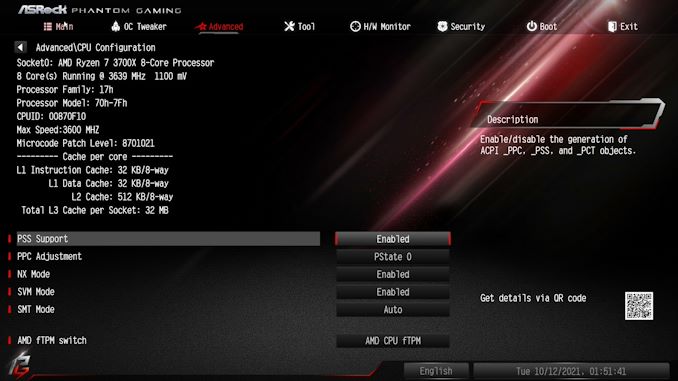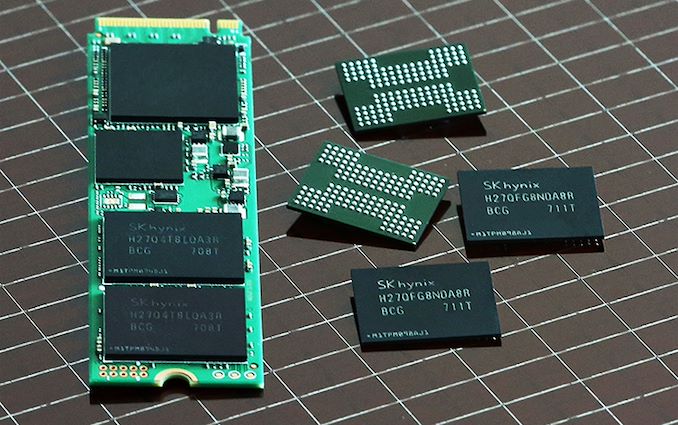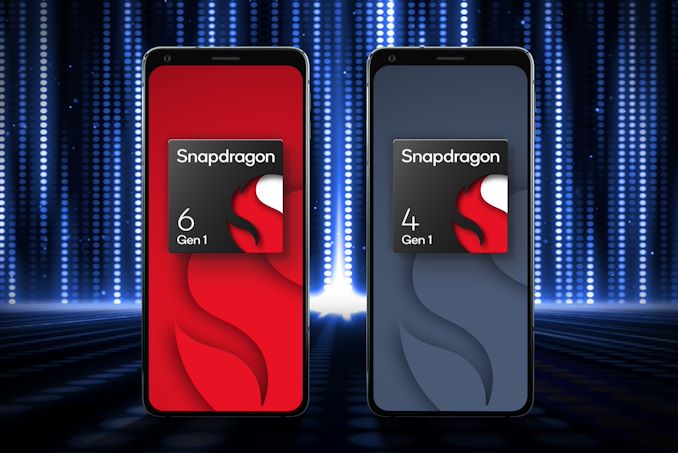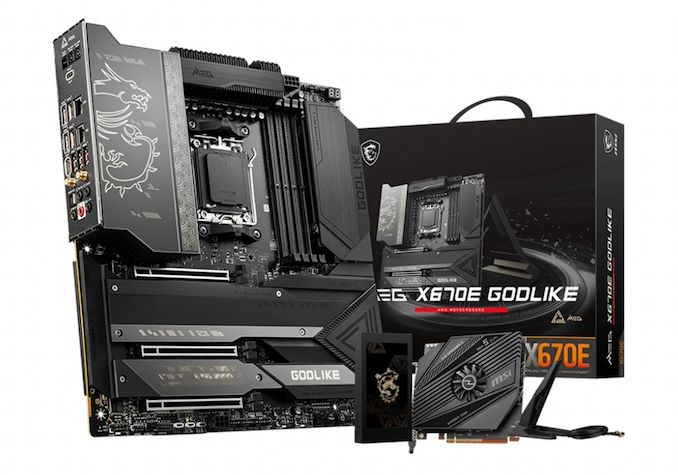
Ahead of the launch of AMD’s latest Ryzen 7000 processors, which will hit retail shelves on September 27th, MSI unveiled pricing on four of its X670/X670E motherboards. Given the world’s current financial climate and features such as PCIe 5.0 connectivity to M.2 storage drives and at least one PCIe x16 slot, the writing has been on the wall for a while regarding pricing.
Currently listed in their US store, MSI has two premium (MEG), one mid-range (MPG), and one entry-level regular X670 (Pro) model, with prices ranging from $290 (Pro X670-P WIFI) up to $1300 (MEG X670E Godlike).
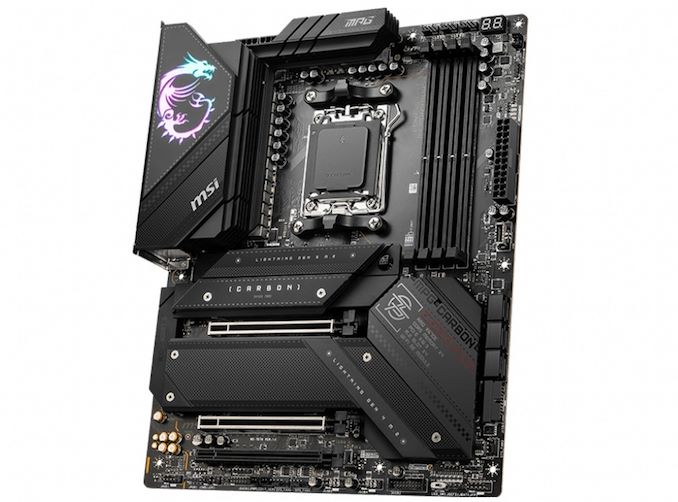
MSI MPG X670E Carbon WIFI ($480) ATX motherboard
As we’ve seen with previous generations on both Intel and AMD platforms, MSI’s flagship for Ryzen 7000 is the MEG X670E Godlike ($1300). MSI is advertising a 24+2+1 power delivery, with up to six M.2 slots, 10 GbE, 2.5 GbE, Wi-Fi 6E, and a touchscreen 4.5″ M-Vision dashboard panel.
Sitting just behind the Godlike is the MSI MEG X670E Ace ($700), with support for up to six M.2 drives, an advertised 22+2+1 power delivery, and 10 GbE/Wi-Fi 6E networking to sweeten the deal. Both models benefit from PCIe 5.0 PEG slots and one PCIe 5.0 x4 M.2 slot for the latest PCIe Gen 5 SSDs due sometime in November.
X670E Mid-Range Model for $480, X670 Entry-Level at $290
The MPG X670E Carbon ($480) represents MSI’s mid-range MPG offerings with advertised 18+2+1-phase power delivery, an 8-layer PCB, and Wi-Fi 6E connectivity. Despite costing nearly $500, MSI offers a 2.5 GbE NIC considering this has been offering this on entry-level models for the last couple of generations. Importantly, however, this is the cheapest MSI X670E motherboard – meaning it’s the cheapest board MSI will be offering at launch with PCIe 5.0 slots.

Coincidentally, we just reviewed MSI’s MPG Z690 Carbon WIFI, which is MSI’s equivalent motherboard for the Intel LGA1700/Z690 market.That board has an MSRP of $400 and a current selling price of $350 on Amazon. So there is a significant premium right now for the AM5 board, on top of what’s already a relatively high price for a mid-range Intel motherboard.
Finally, the entry-level MSI Pro X670-P WIFI (non-E) model has 2.5 GbE, an advertised 14+2+1-phase power delivery, and supports up to four M.2 slots. Despite dropping PCIe 5.0 in favor of PCIe 4.0, the MSRP is sitting at $290, which is very surreal pricing for an entry-level model.
Despite not agreeing with MSI’s current X670E/X670 MSRP pricing, things could change over the coming weeks and months as more vendors announce its offerings to the market. The introduction of B650/B650E boards should also offer a cheaper alternative, though those boards won’t be arriving for at least another month. As it stands, the MSI MEG X670E Godlike will cost $1300, the MEG X670E Ace will cost $700, the MPG X670E Carbon WIFI has a price tag of $480, and the Pro X670-P WIFI will cost $290.
All four models are expected to launch on September 27th, along with AMD’s Ryzen 7000 series processors.
Source: MSI
![]()
![]()
Source: AnandTech – MSI Unveils X670 Pricing Ahead of AMD Ryzen 7000 Launch, Starting at 0


